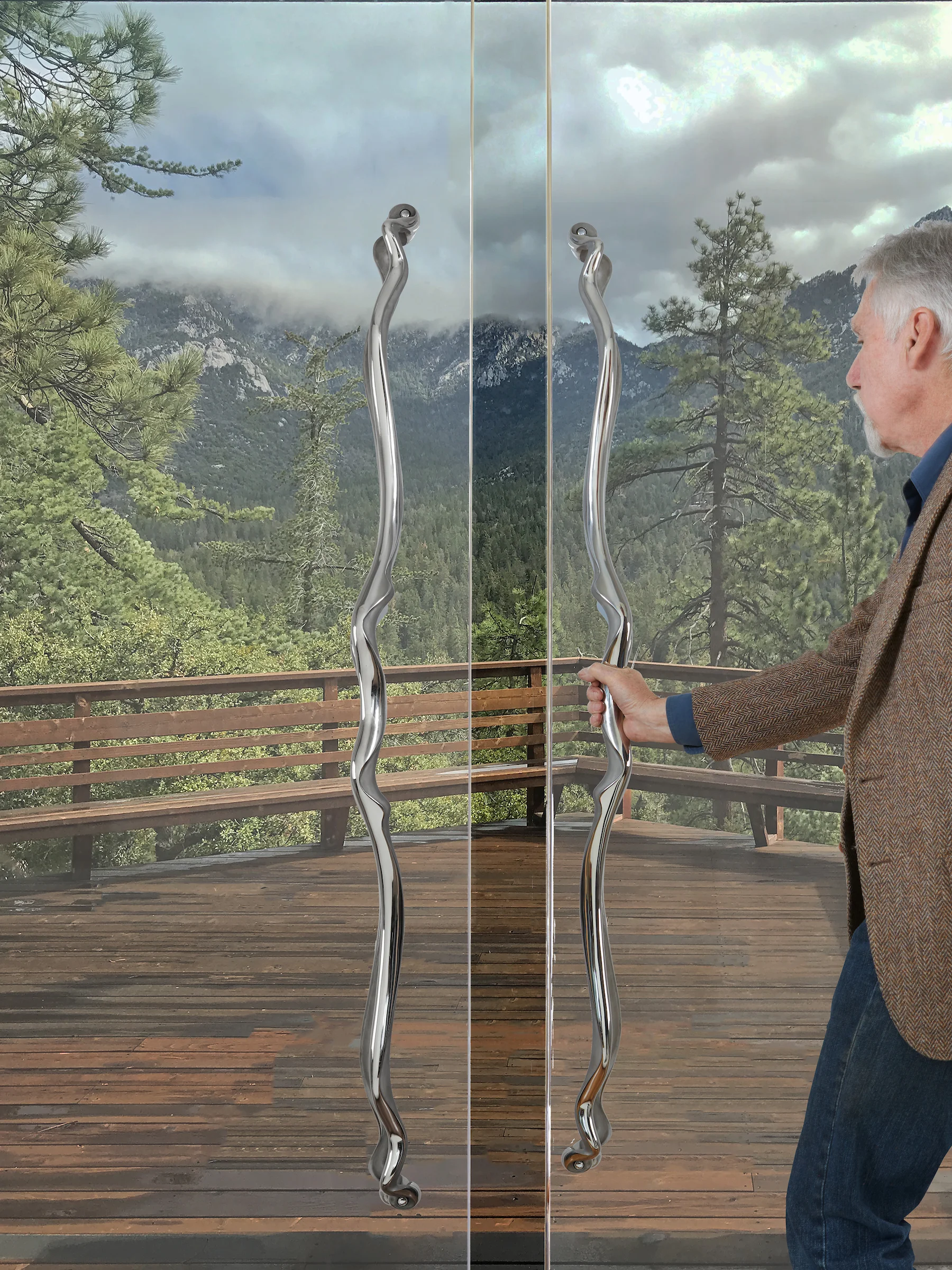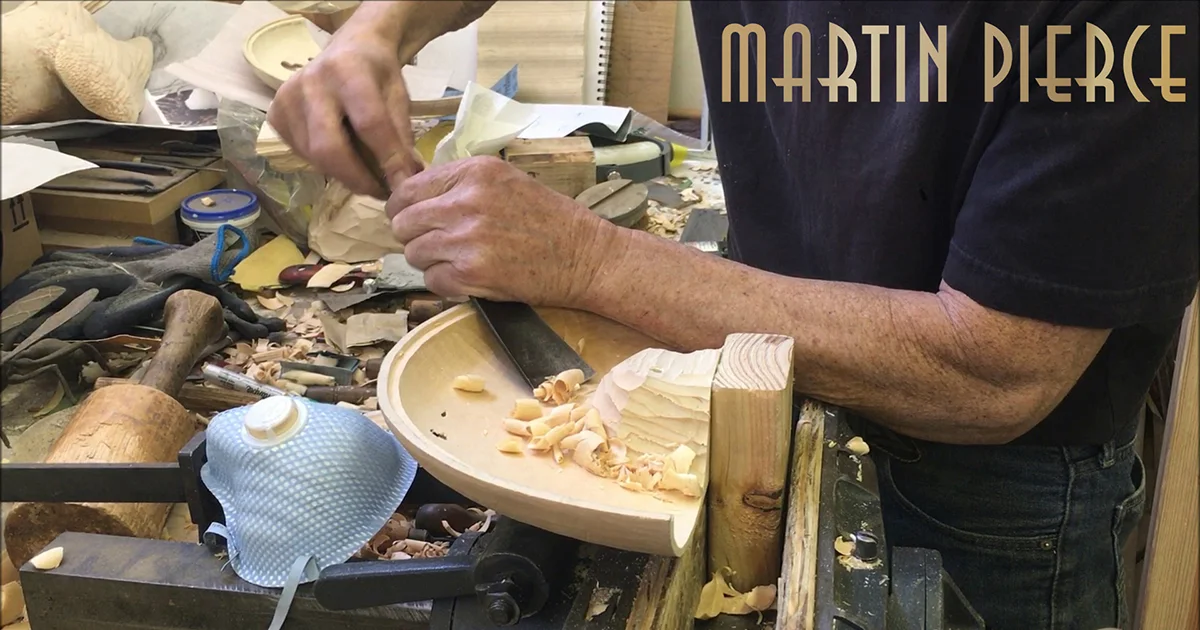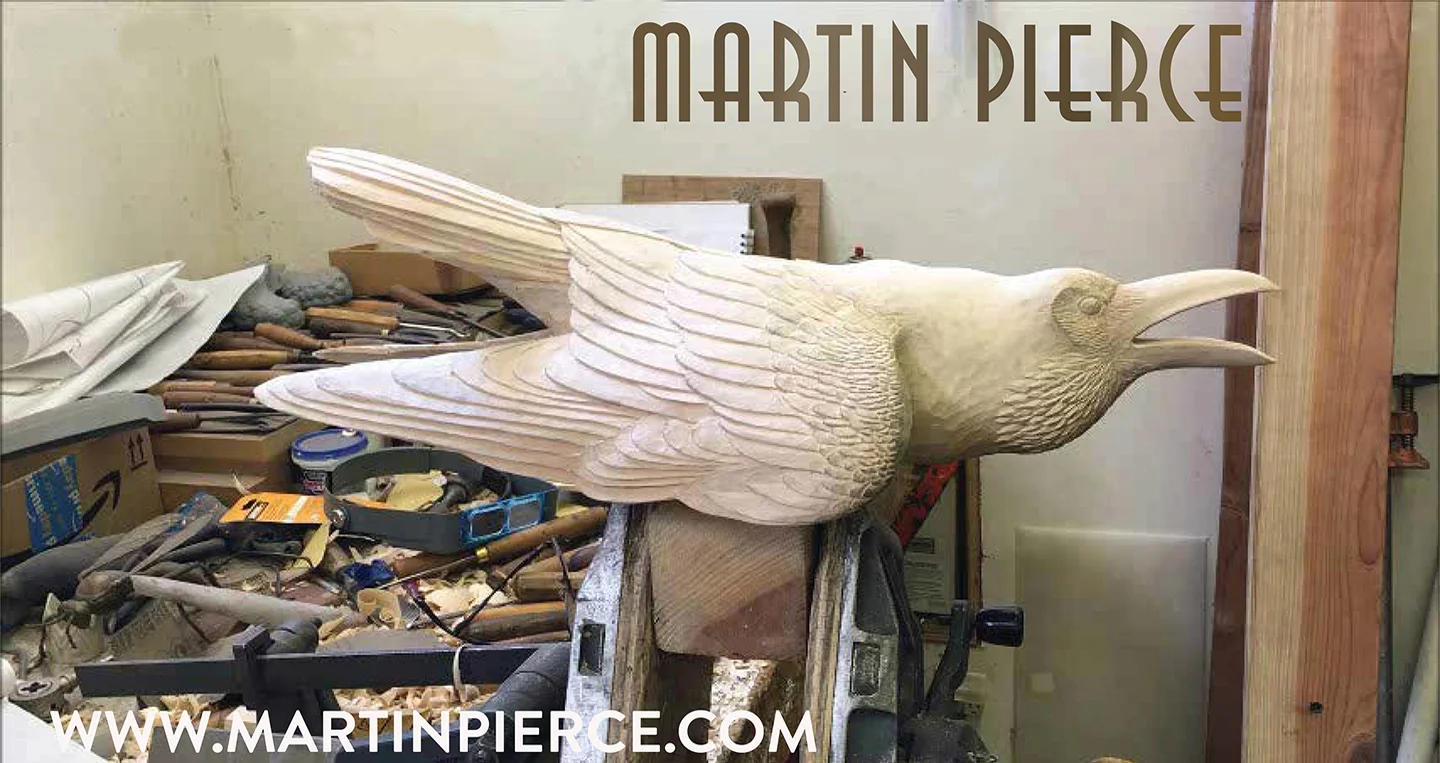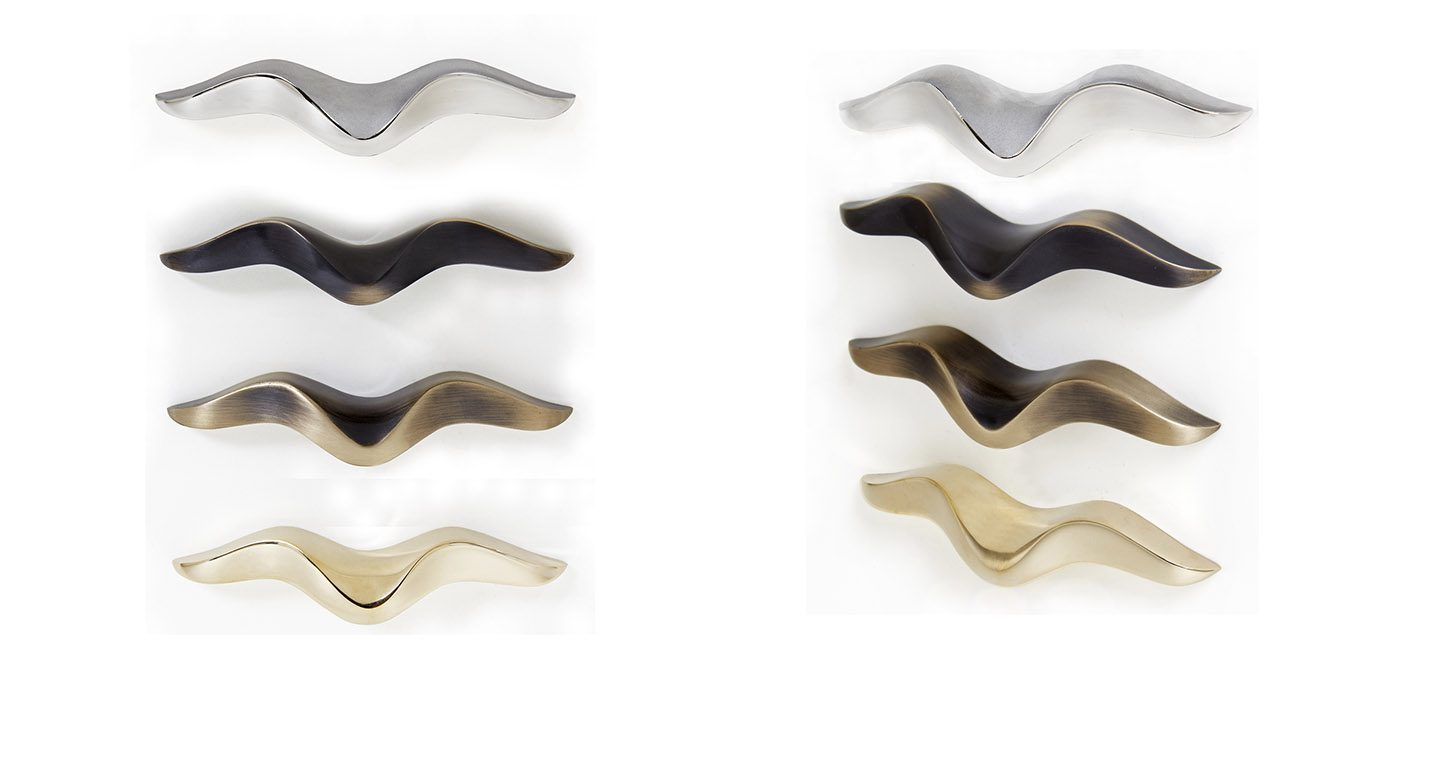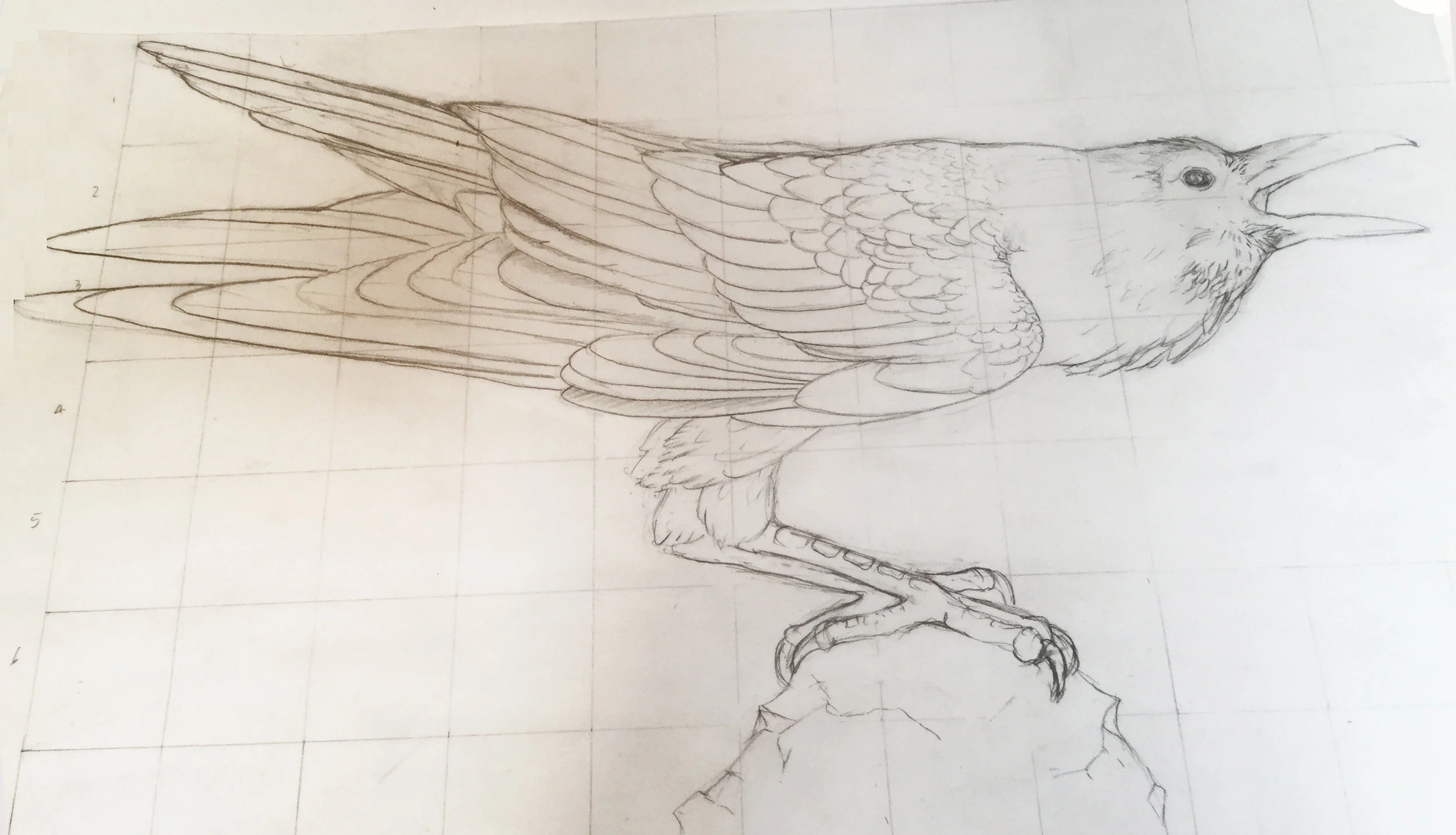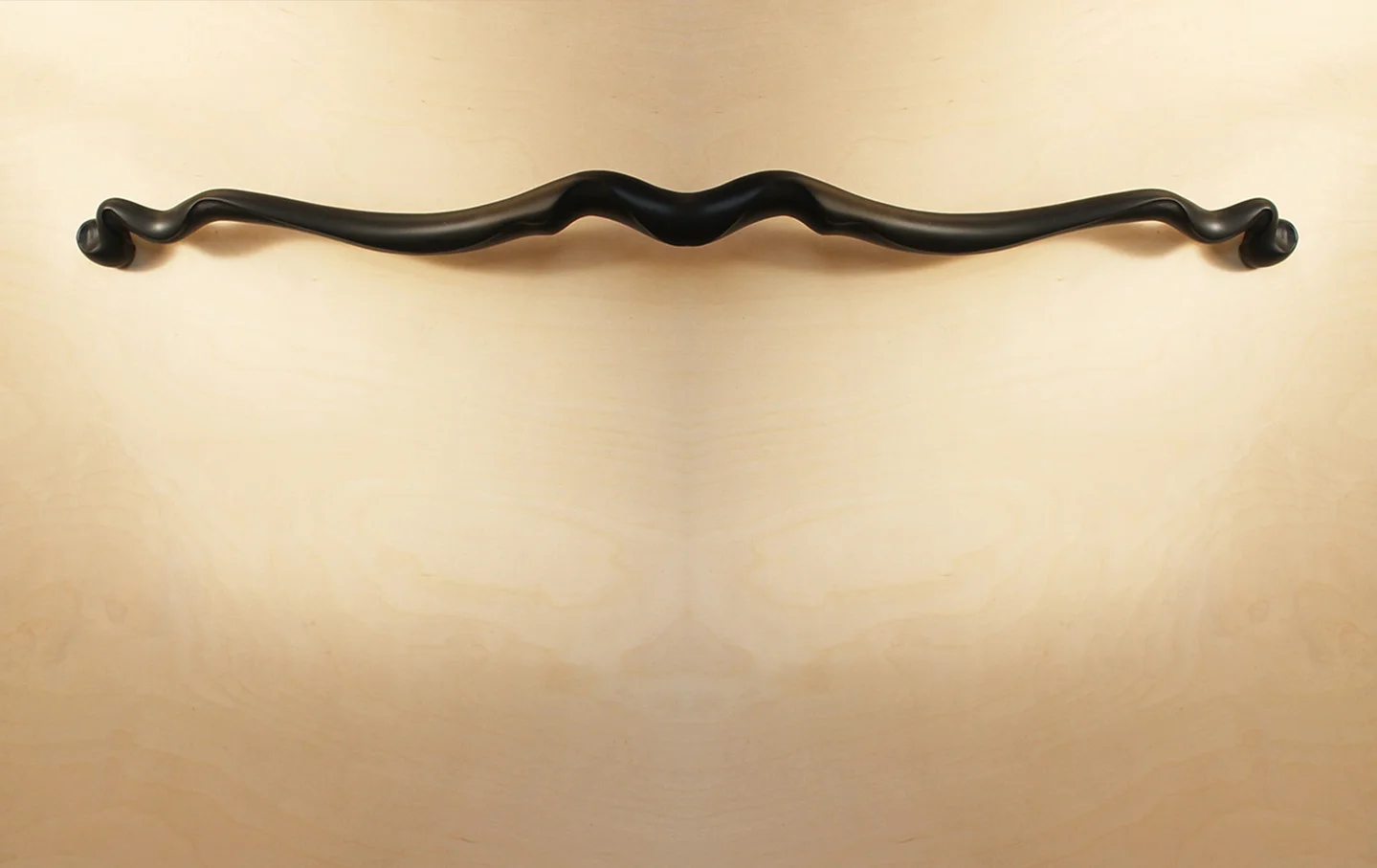Last year in the peak of the Los Angeles drought we ripped out our sparse lawn and created a drought resistant garden which has flourished while our water bill has declined.
We planted a variety of vines, agave and ornamental grasses to create a colorful easy to manage and easy to navigate garden.
From flowers to bronze
Vines
We used pink and coral bougainvillea and red trumpet vines for our perimeter fence and have been pleased with their rampant growth but would caution against their use in more restricted areas as they may prove too invasive.The trumpet vine is a shape we have adapted to work as an unusual cabinet pull and one we typically cast in bronze and finish with oil. However, for those looking for a more realistic trumpet pull for interior use, we can create a red patina by heating the casting and applying different oxides.
Ornamental grasses
The blue festuca ornamental grass has made a great border for the pebble stone paths and it has thrived on minimal amounts of water delivered by a simple drip system.
Agave and cactus
We splurged on a few golden barrel cacti that have grown slowly and used a lot of agave cuttings from a neighbor to fill in the spaces. The desmetiana green yellow agave cuttings in one year have grown to be an impressive 3’ tall and are creating a small succulent jungle.
Focal plants
Native of Australia the aptly named Kangaroo paw has grown to a be a tall 7’ magnificent gem that attracts many humming birds and bees. It thrives on neglect and sandy gravely soil and is a perfect accompaniment to the plumeria whose white and yellow flowers arrive earlier and so keep the garden a constant attraction to different birds.













